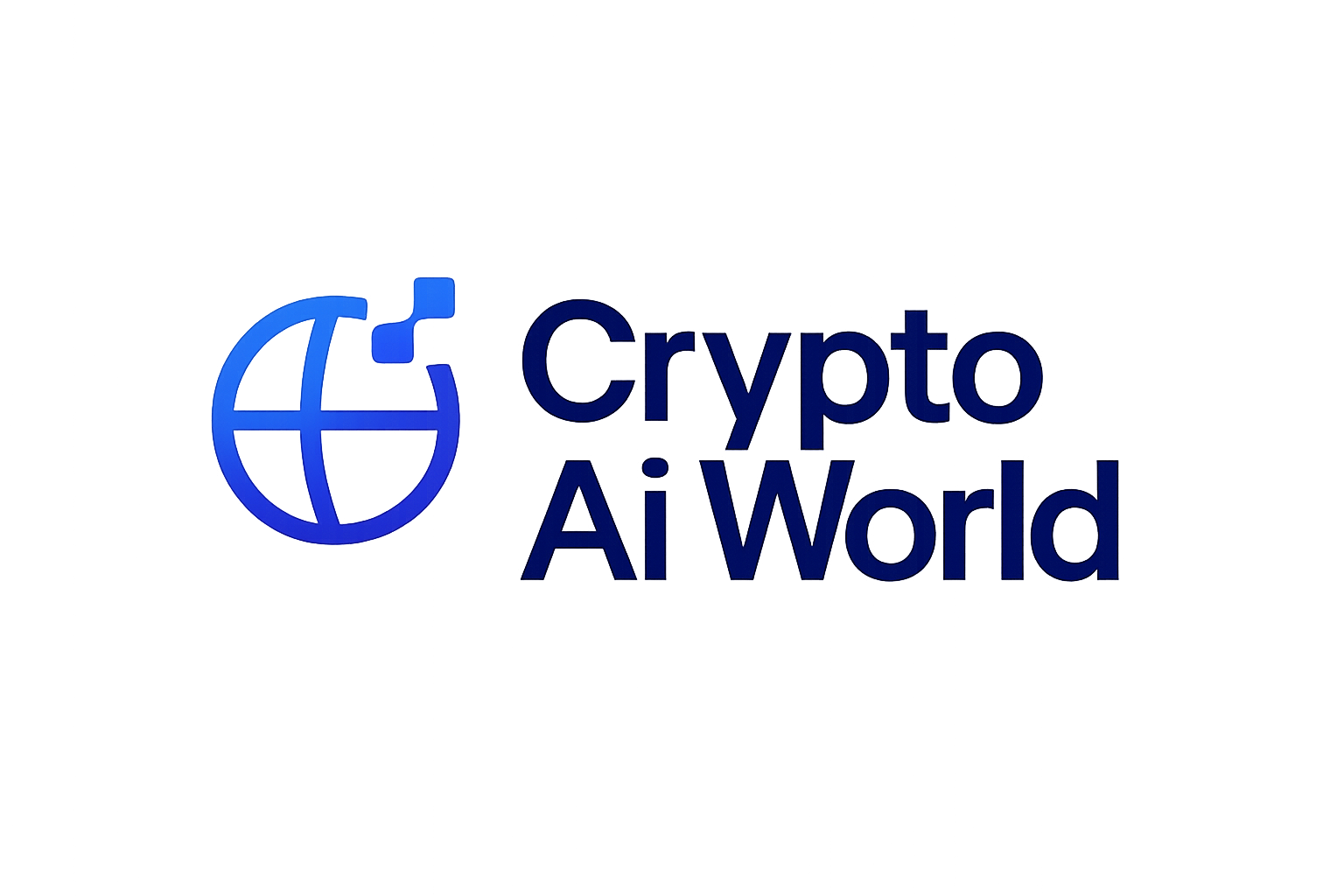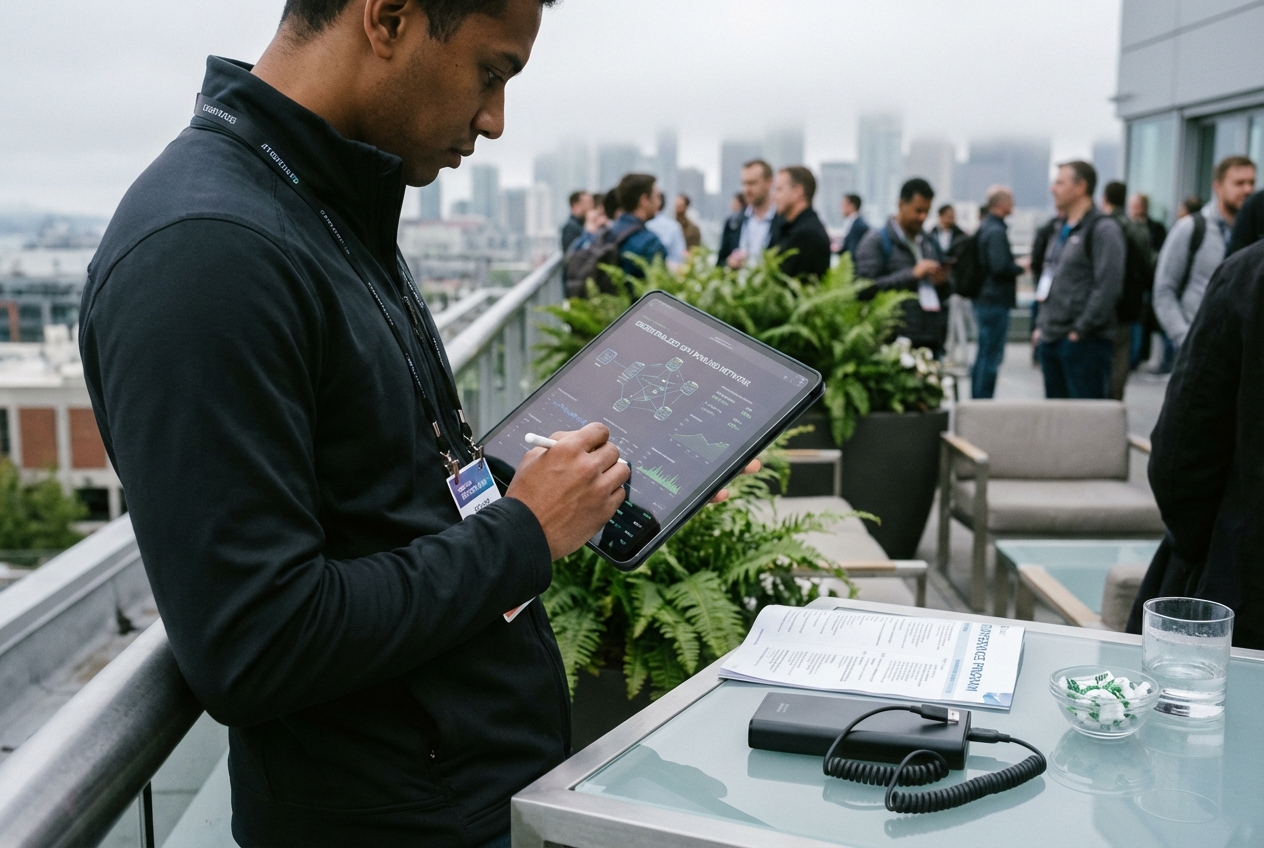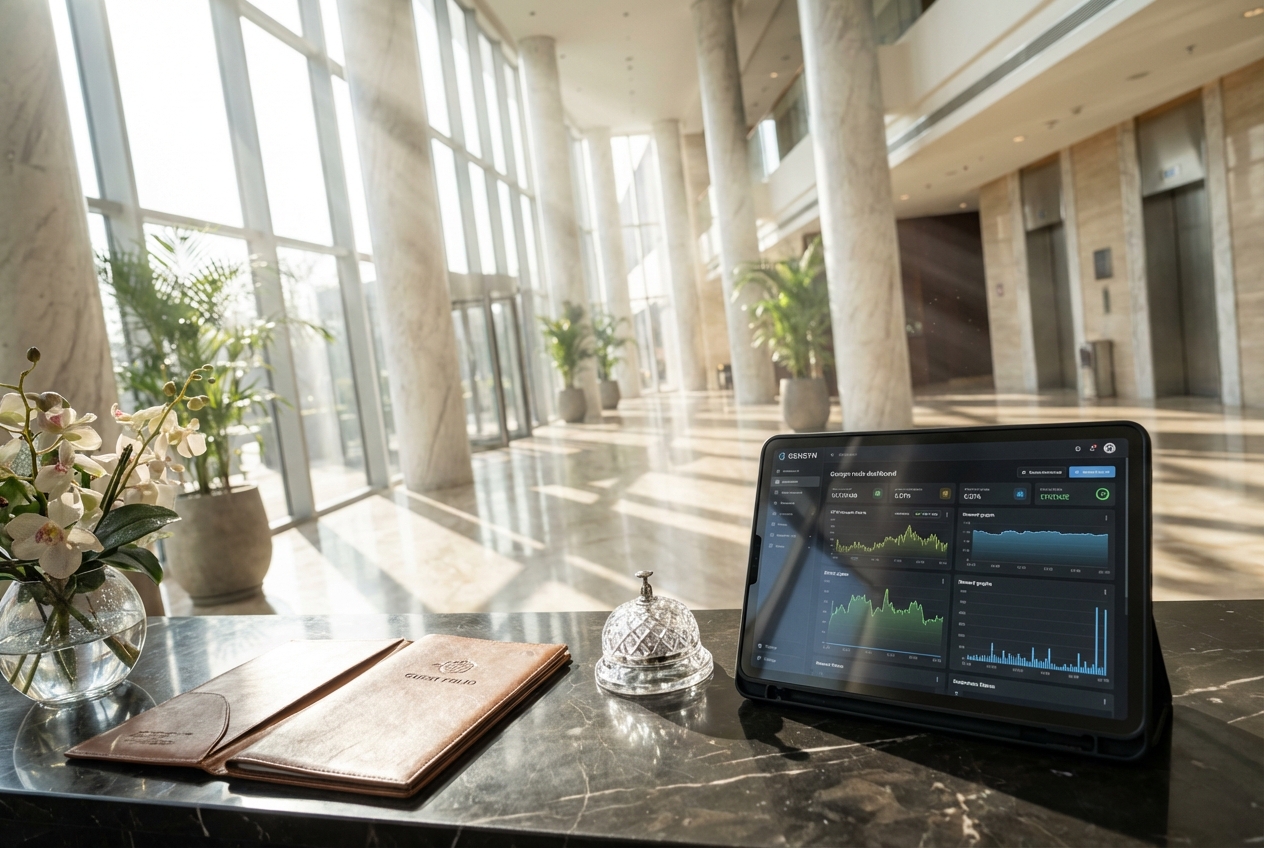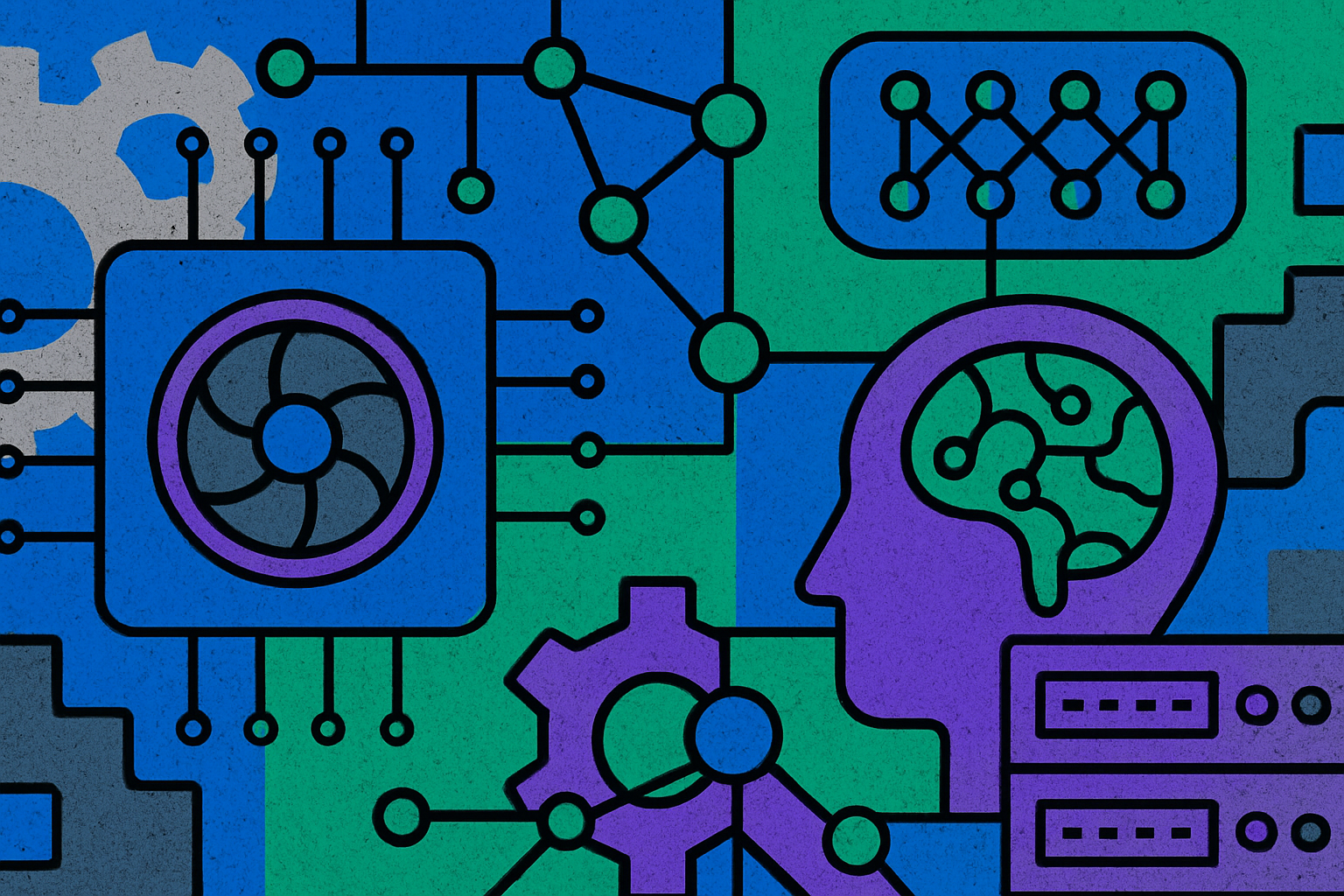
Decentralized GPU networks are rapidly redefining the landscape of AI compute infrastructure. By aggregating idle GPU resources from around the globe into a permissionless, blockchain-powered layer, these networks deliver scalable, cost-efficient, and resilient alternatives to traditional cloud providers. In the DePIN (Decentralized Physical Infrastructure Networks) era, platforms like OctaSpace, DePINed, Aethir, and Nosana are not just buzzwords – they are the engines behind a new wave of distributed AI innovation.

Why Centralized AI Compute Is Hitting Its Limits
AI model training and inference require immense computational horsepower, typically provided by centralized hyperscalers like AWS, Google Cloud, and Azure. However, this model comes with critical bottlenecks: escalating costs, limited regional availability, vendor lock-in, and single points of failure. As AI adoption accelerates, these pain points are magnified, especially for startups and researchers seeking affordable, flexible compute.
Decentralized GPU networks flip this paradigm on its head. By tapping into underutilized GPUs in data centers, personal rigs, and even gaming PCs, these networks democratize access to high-performance compute. The result? Lower prices (often slashing costs by up to 80% compared to traditional clouds), elastic scaling without new hardware investment, and a robust infrastructure immune to localized outages. For a deep dive on how these networks are transforming AI economics, see this analysis.
The DePIN Era: Key Players and Innovations
Several projects are leading the charge in decentralized AI infrastructure:
Top Decentralized GPU Networks Powering AI Compute
-
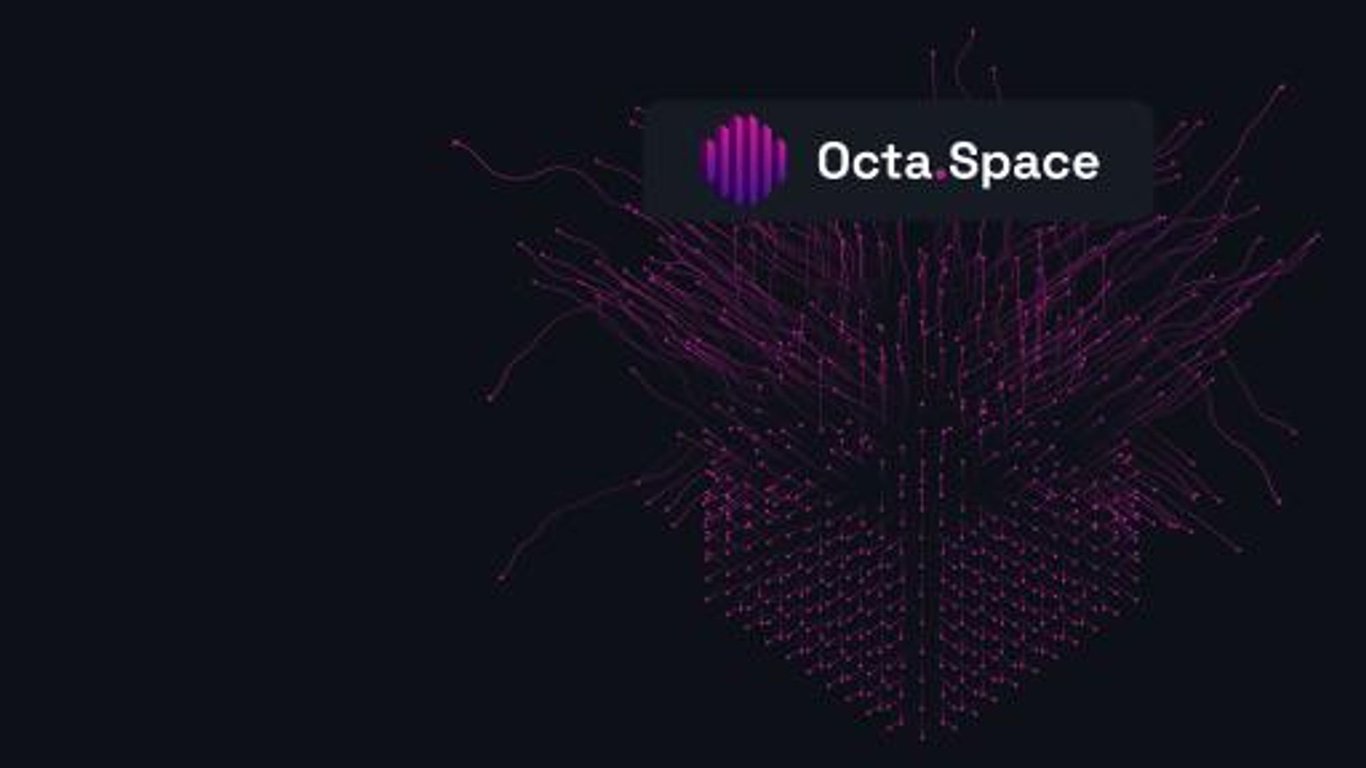
OctaSpace: A pioneer in decentralized GPU cloud computing, OctaSpace offers a global, scalable platform for AI, rendering, and distributed workloads. It features ready-made applications, built-in privacy solutions, and a decentralized VPN, making it a robust choice for enterprises and developers seeking secure, permissionless compute power.
-
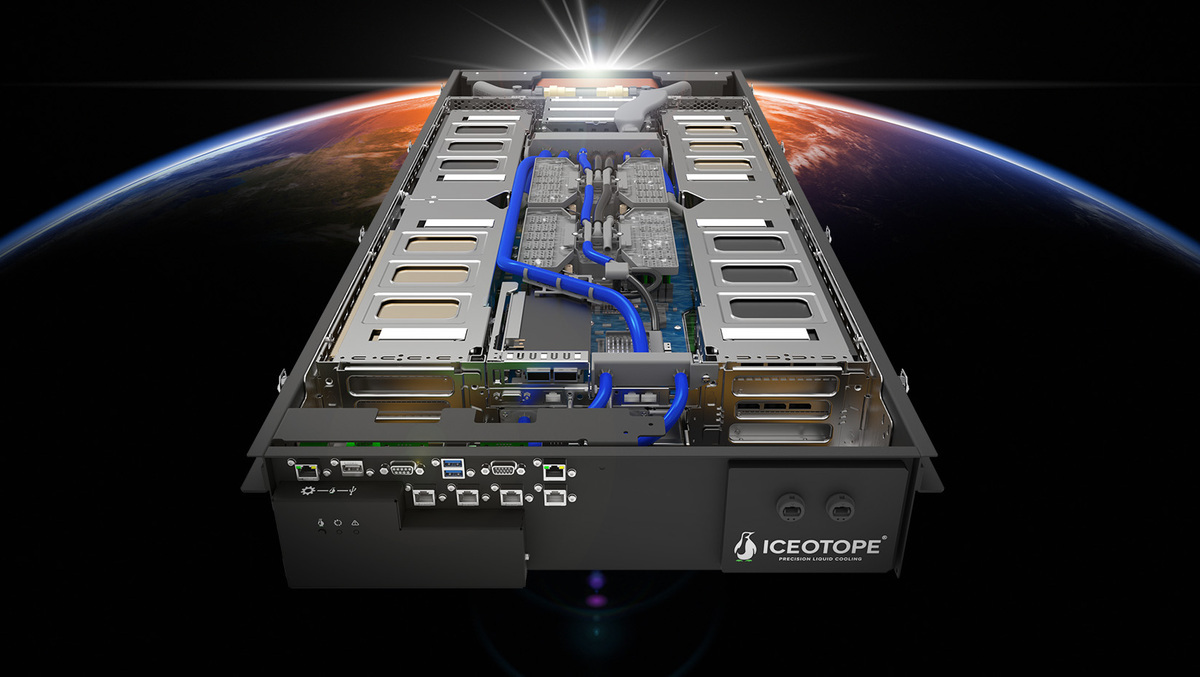
DePINed: DePINed’s AI Studio transforms idle GPUs into a real-time, on-demand render farm. Its network distributes creative, rendering, and video workloads across hundreds of nodes, enabling job speeds far beyond local workstations and democratizing access to high-performance AI compute.
-
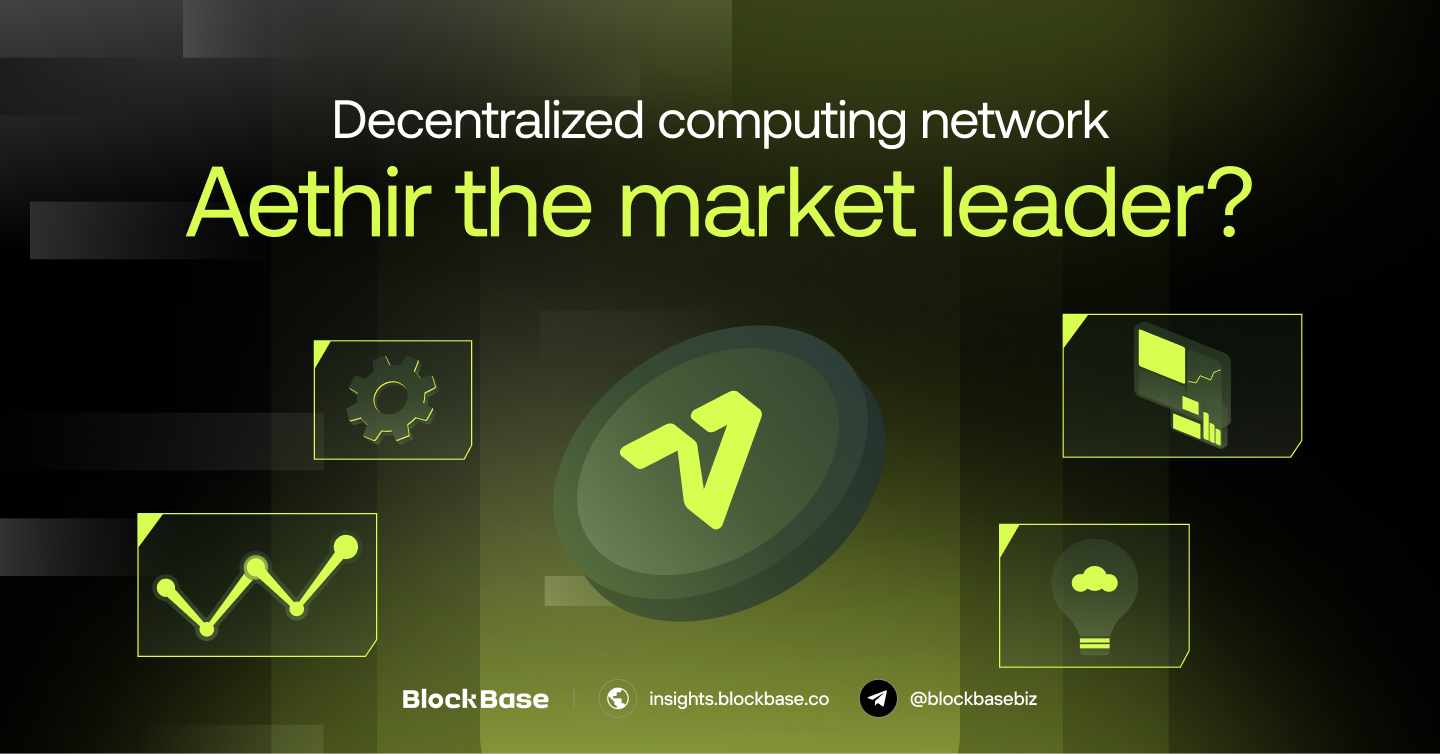
Aethir: Aethir unifies disparate GPU clusters into a single, high-performance network. Designed for compute-intensive industries like gaming and AI model training, it increases cluster sizes and reliability, allowing seamless sharing of computational resources across the globe.
-
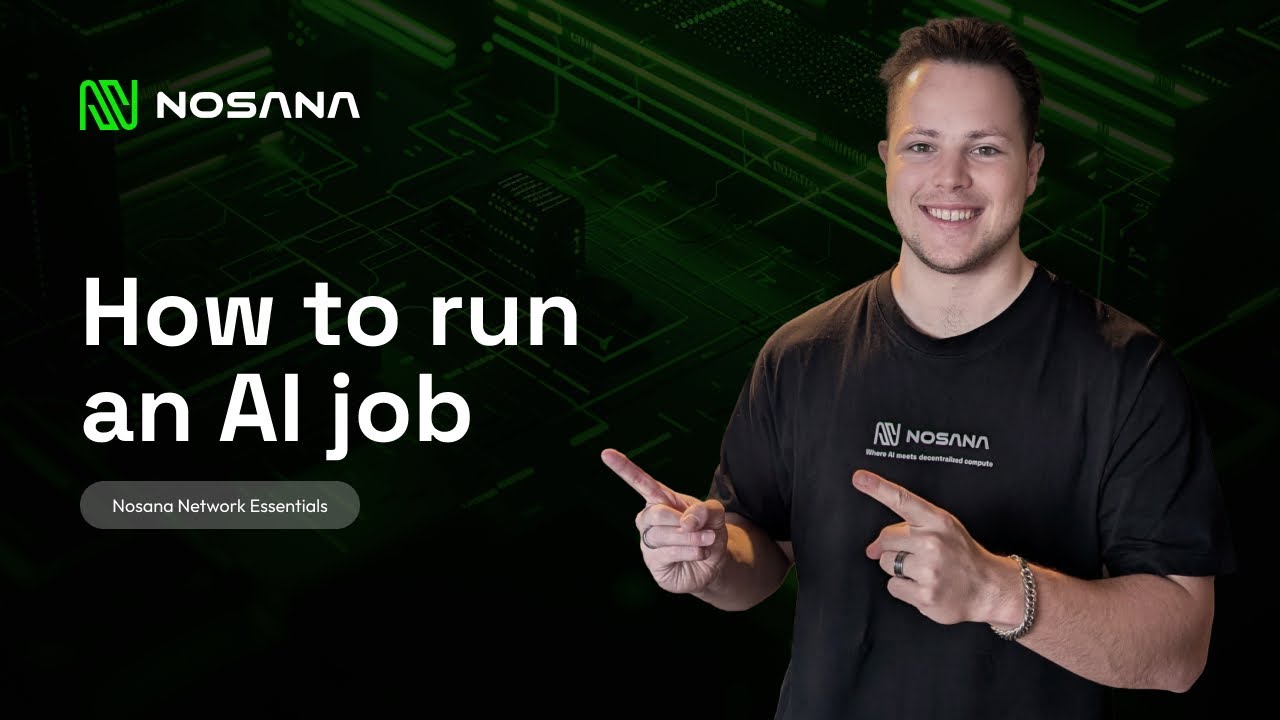
Nosana: Built on Solana, Nosana connects users in need of compute power with node operators, allowing individuals to contribute idle GPUs and earn rewards. Its efficient, blockchain-based marketplace delivers affordable, distributed GPU compute for complex AI workloads.
-
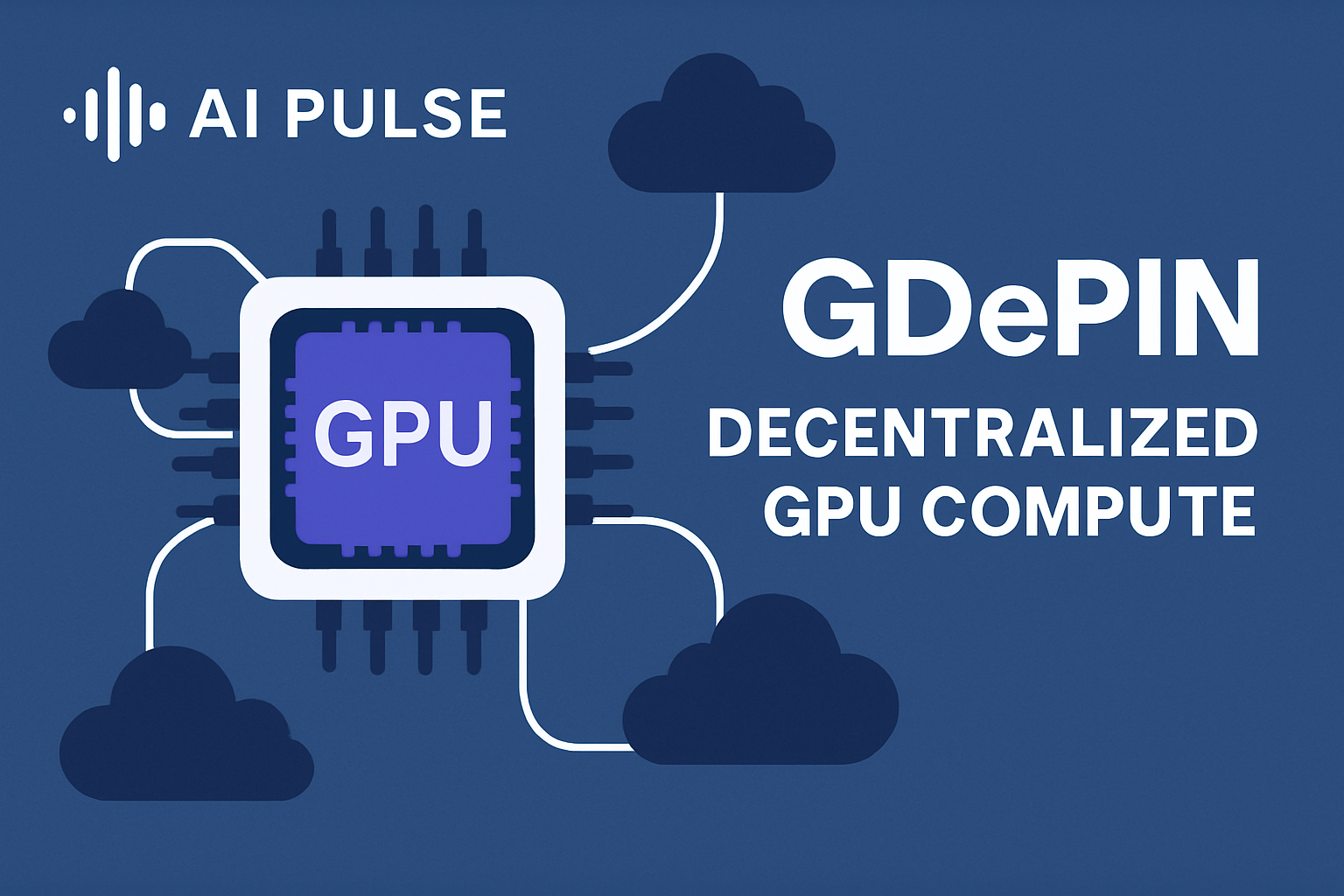
AI Pulse’s GDePIN: GDePIN by AI Pulse merges GPU power with the DePIN model, letting anyone monetize idle computing resources. This approach fuels the AI revolution by enabling passive income for contributors and providing scalable, decentralized compute for AI applications.
-
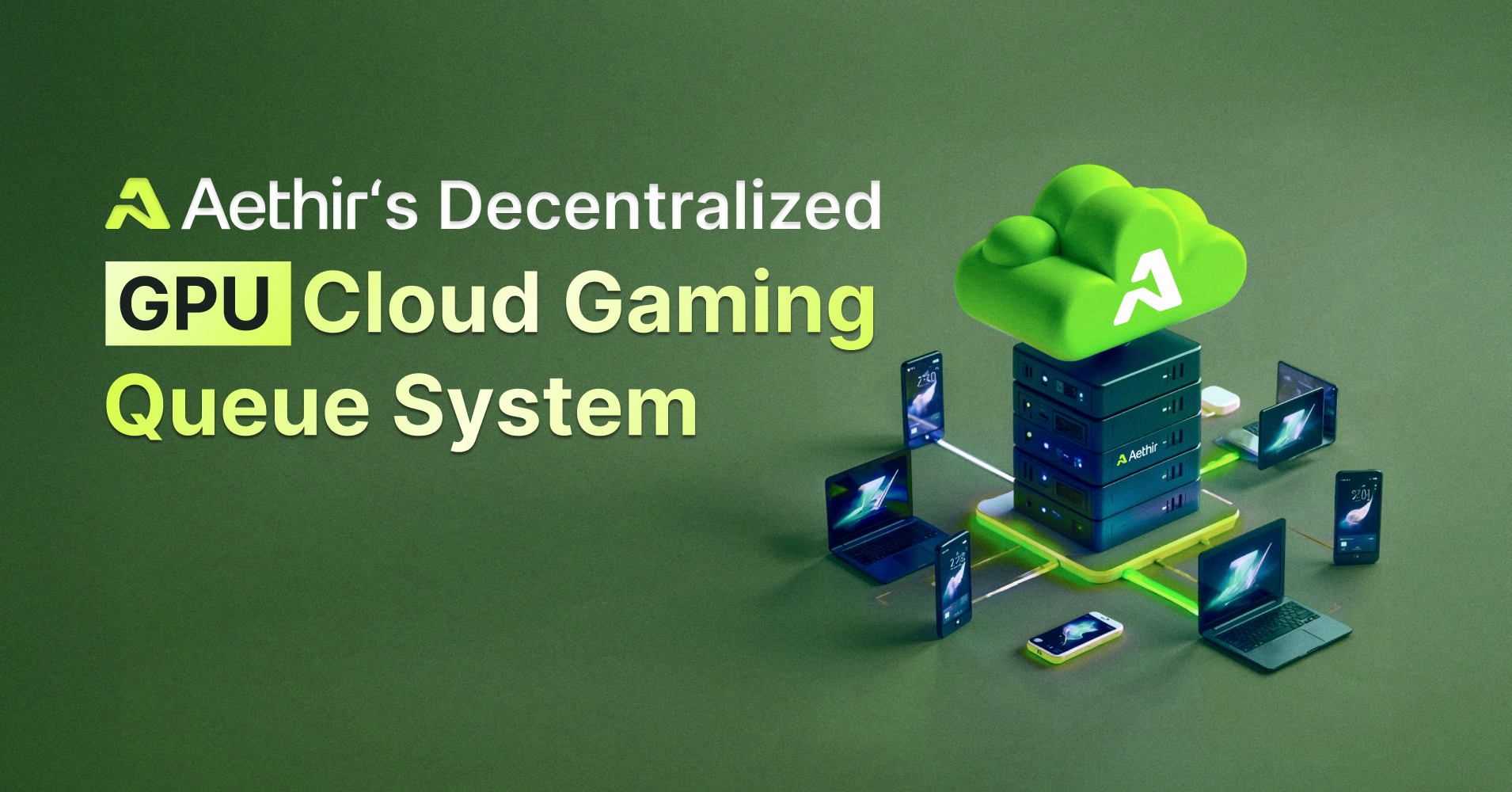
DeNube: DeNube bridges excess cloud capacity and market demand by tokenizing idle data center GPU resources. Its decentralized network transforms surplus infrastructure into accessible, high-performance compute power for next-generation AI workloads.
OctaSpace stands out as an early mover in the decentralized GPU cloud sector. Their platform enables users to run AI workloads, rendering tasks, and privacy-focused applications on a fully distributed network. OctaSpace’s marketplace connects supply (idle GPU nodes) with demand (AI developers and enterprises) in real time.
DePINed’s AI Studio transforms idle GPUs into a globally accessible render farm for creative and video workloads. Aethir unifies high-performance clusters for compute-intensive use cases like gaming and large-scale AI model training. Nosana, leveraging the Solana blockchain, incentivizes individuals to contribute their spare compute power to the network and earn rewards.
Core Advantages: Cost, Scale, and Resilience
The shift to decentralized GPU networks is not merely philosophical – it is grounded in tangible technical and economic benefits:
- Cost Efficiency: By utilizing hardware that would otherwise sit idle, decentralized networks can reduce AI compute costs by up to 80%. This is a game-changer for startups and research labs operating on tight budgets.
- Scalability: New nodes can join the network instantly without waiting for physical infrastructure buildouts. This elasticity enables rapid adaptation to surging AI workload demands.
- Resilience: With resources spread across thousands of independent nodes worldwide, there is no single point of failure – ensuring uninterrupted AI compute even if some nodes go offline.
This architecture is already making waves in real-world deployments. For example, DeNube tokenizes excess data center capacity into accessible compute power for AI startups, while AI Pulse’s GDePIN lets anyone earn passive income by contributing idle GPUs to the network.
How Decentralized GPU Networks Enable Next-Gen AI Applications
The implications of this infrastructure shift go far beyond just cost savings:
- AI democratization: Lower barriers mean more innovators can train custom models or deploy inference at scale.
- Supply chain resilience: Decentralized compute is immune to localized outages or geopolitical disruptions affecting centralized data centers.
- Privacy and sovereignty: Many networks offer built-in privacy features or allow users to select jurisdictions for their workloads.
This new paradigm is fueling breakthroughs in decentralized LLM inference (explore more here) and enabling the next generation of crypto-native AI applications.
As decentralized GPU networks mature, their impact on the broader AI landscape is becoming impossible to ignore. From real-time video rendering to large-scale model training, these networks are breaking down barriers that previously limited innovation to only the largest enterprises. The result is a more open, resilient, and competitive AI ecosystem.
Token Incentives and the Economics of Distributed Compute
One of the defining features of DePIN-powered GPU networks is the use of crypto-native incentives. Platforms like OctaSpace, Nosana, and AI Pulse’s GDePIN reward node operators with tokens for providing reliable compute resources. This not only encourages participation but also aligns network growth with economic opportunity for individual contributors. As more participants join, the available distributed GPU power increases, further reducing costs and improving network resilience.
For example, OctaSpace’s marketplace dynamically matches supply and demand, allowing AI developers to access GPU compute at a fraction of the price of centralized clouds. Meanwhile, contributors can monetize their idle hardware, creating a virtuous cycle that benefits both sides of the marketplace.
Security, Privacy, and Trust in Decentralized AI Compute
Security remains top-of-mind for enterprise adoption. Decentralized GPU networks are addressing this through a combination of blockchain transparency, end-to-end encryption, and robust node reputation systems. Users can track their workloads on-chain, verify the integrity of results, and select nodes based on historical reliability. Many networks also support privacy-preserving compute, allowing sensitive data to be processed without ever leaving its jurisdiction or being exposed to third parties.
This trustless architecture is especially critical for industries like healthcare and finance, where regulatory compliance and data sovereignty are non-negotiable. As these protocols mature, expect to see even more sophisticated privacy solutions integrated directly into decentralized AI infrastructure.
What’s Next for Decentralized GPU Networks?
Looking ahead, several trends are likely to accelerate adoption and innovation:
Emerging Trends in Decentralized GPU Networks
-
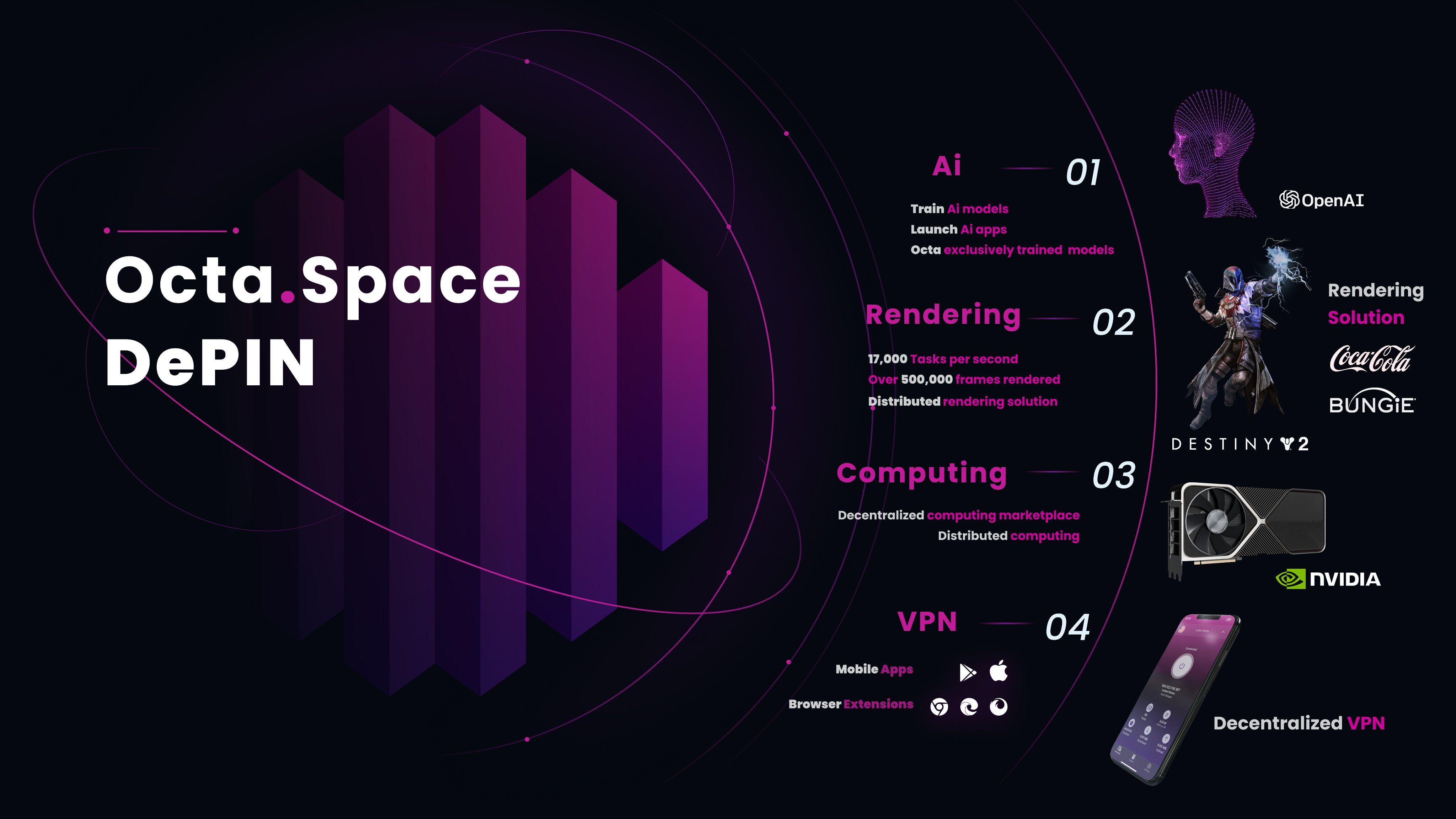
Layer-2 Scaling for AI Compute: Projects like OctaSpace are leveraging decentralized cloud node infrastructure to enable scalable GPU compute, reducing congestion and fees compared to layer-1 solutions. This approach allows rapid, cost-effective expansion of AI workloads across global nodes.
-
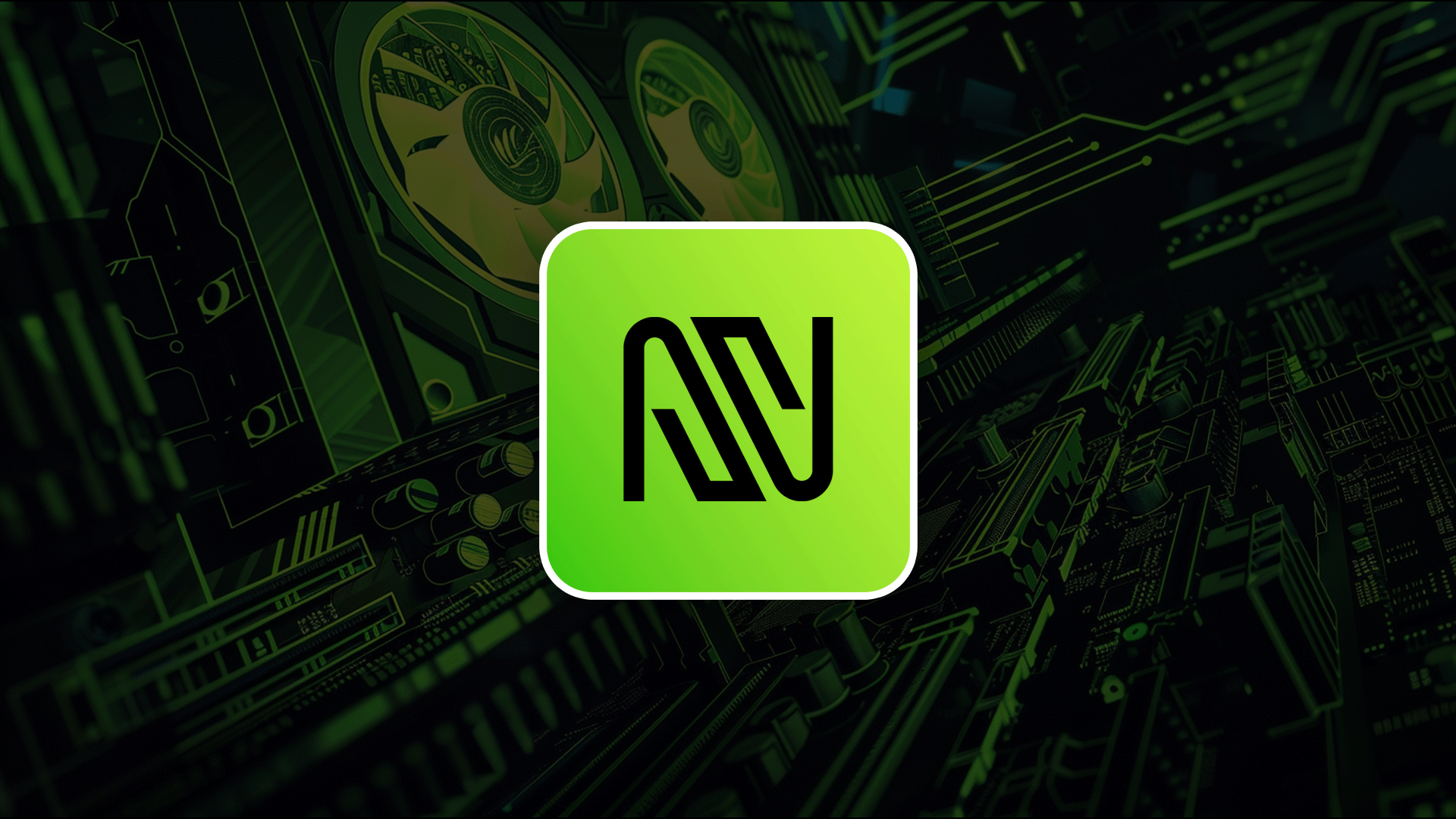
Cross-Chain Interoperability: Platforms such as Nosana (built on Solana) and Aethir are pioneering cross-chain solutions, allowing GPU resources and AI workloads to move seamlessly across different blockchain ecosystems, enhancing flexibility and resource utilization.
-
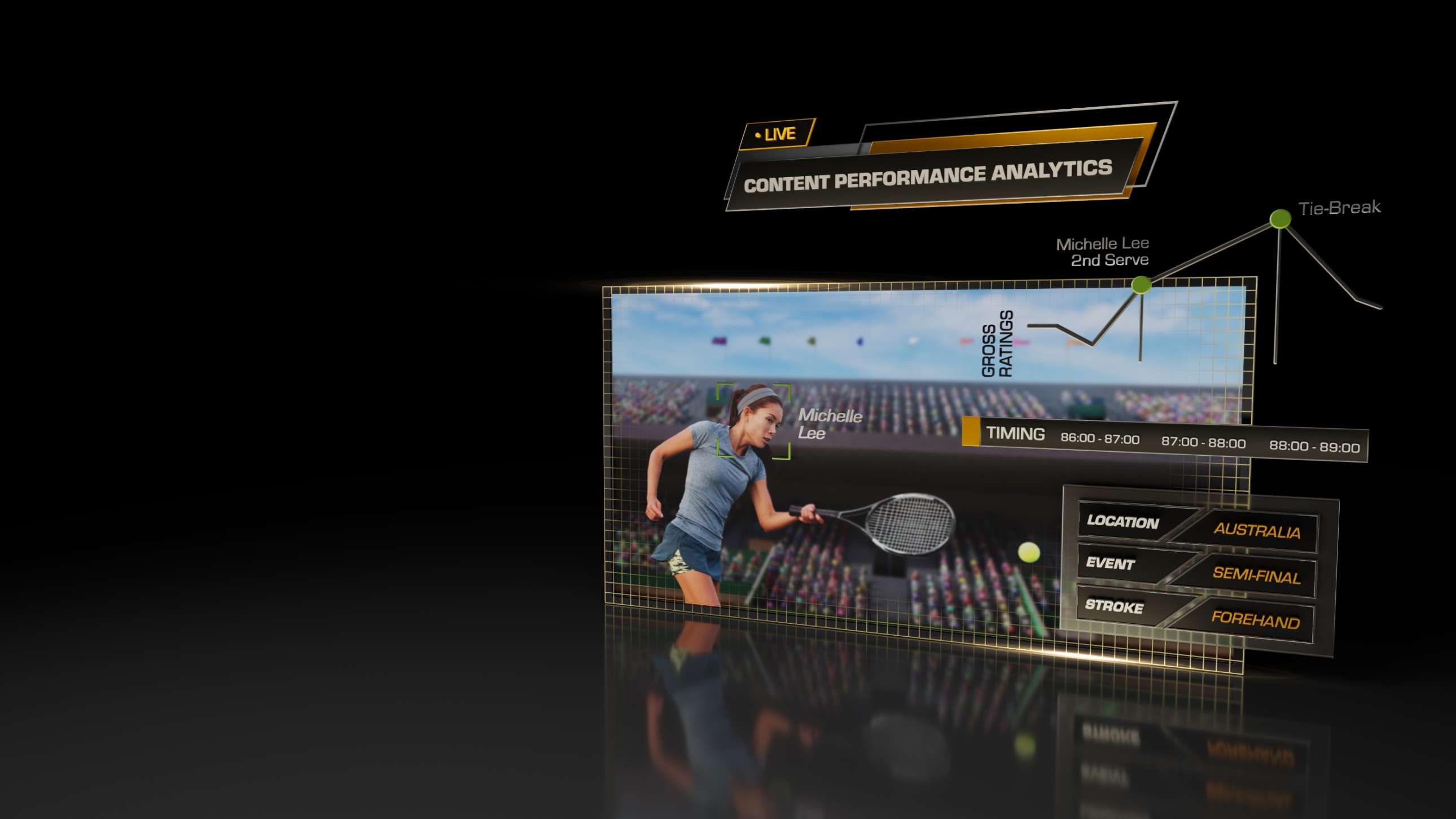
Real-Time AI Inference at Scale: DePINed’s AI Studio distributes rendering and creative AI tasks in real-time across hundreds of decentralized nodes, enabling on-demand, high-speed inference that rivals or exceeds traditional centralized clouds.
-
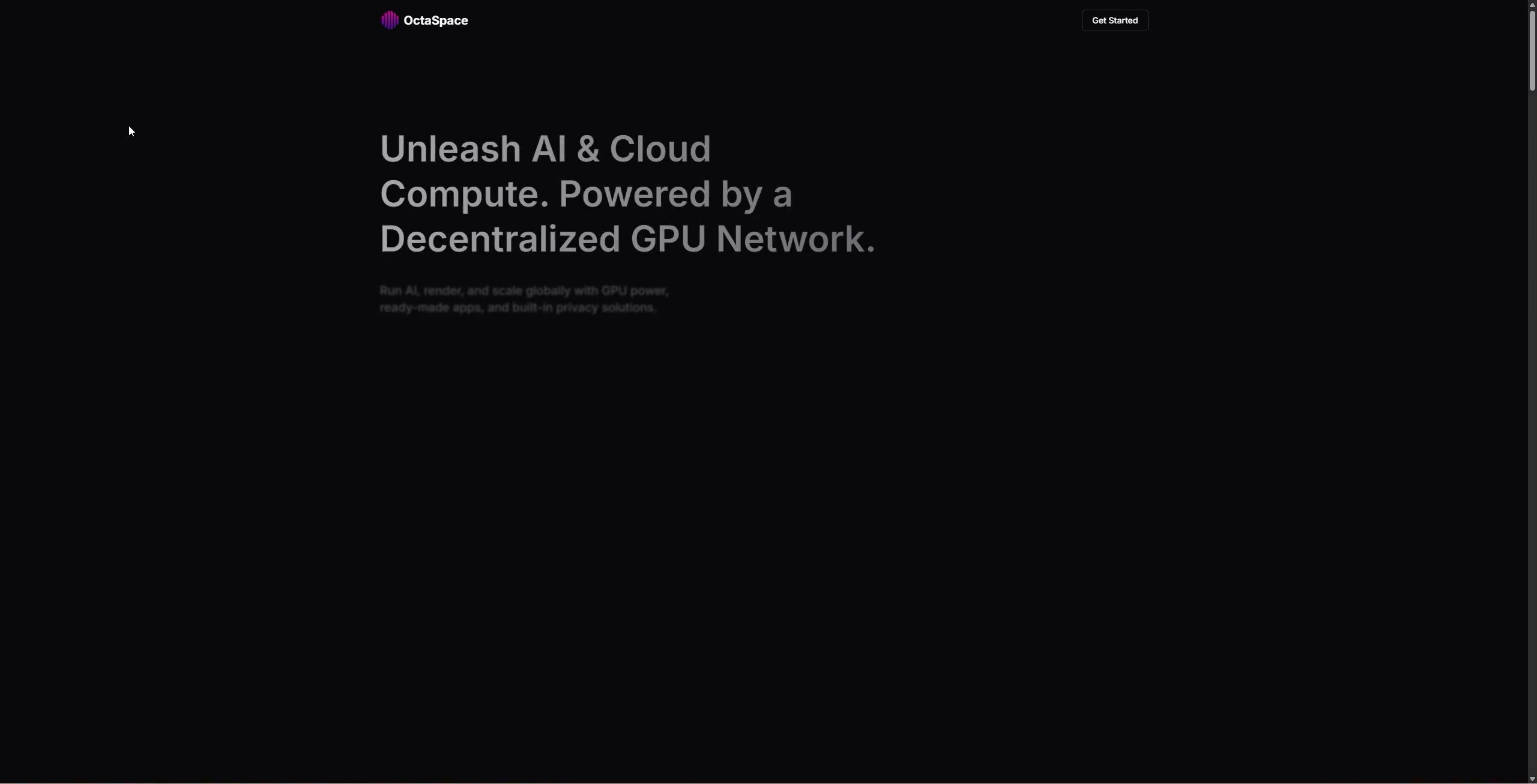
Decentralized AI Marketplaces: Octa Marketplace and similar platforms are creating global marketplaces where users can buy, sell, or rent GPU compute power for AI, rendering, and scientific workloads, democratizing access to high-performance resources.
-
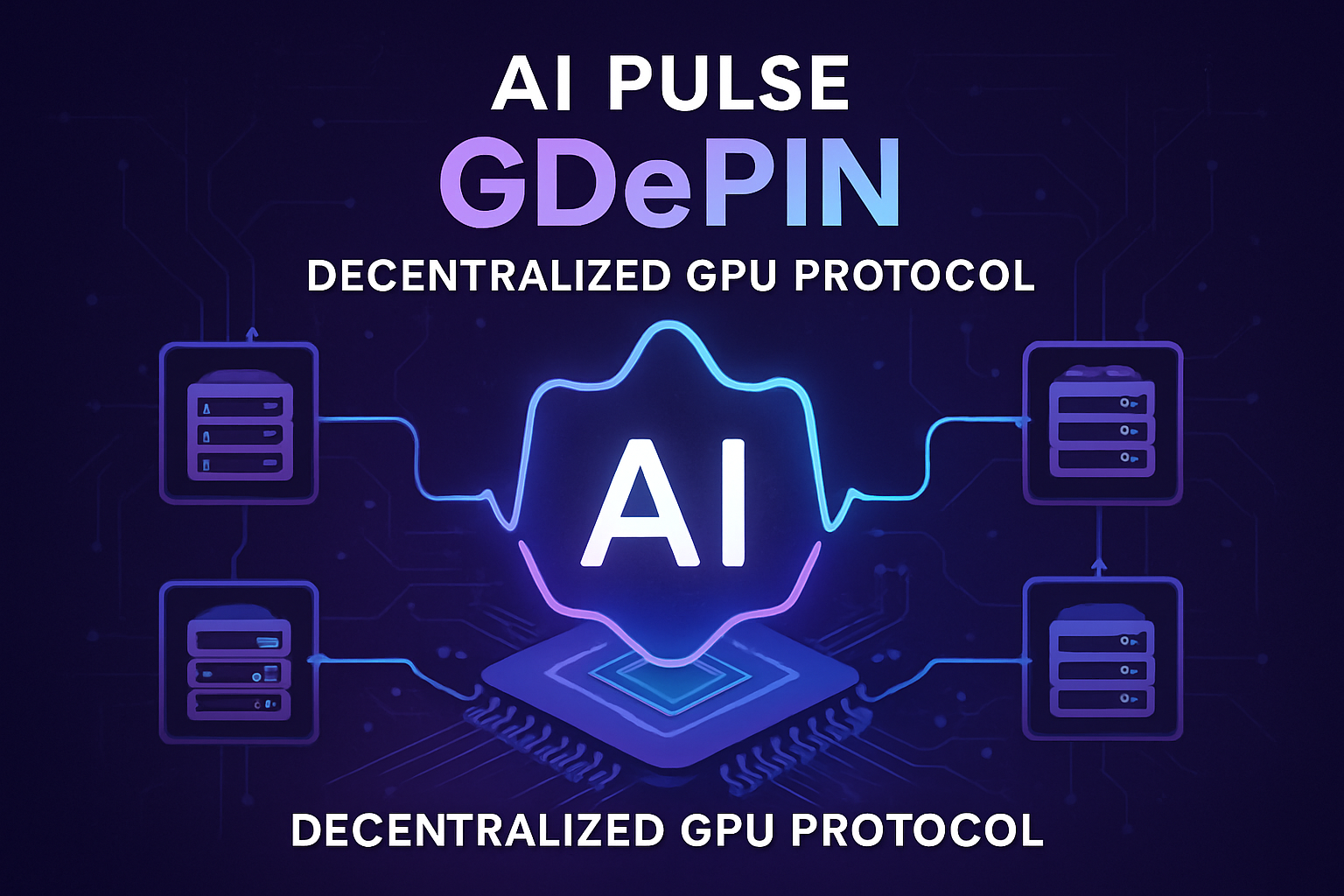
Advanced GPU Sharing Protocols: AI Pulse’s GDePIN and DeNube are introducing tokenized models and protocols that incentivize contributors to share idle GPU resources, ensuring efficient distribution, reliability, and passive income opportunities for participants.
As competition heats up, expect rapid improvements in network throughput, latency, and developer experience. Layer-2 scaling solutions and cross-chain bridges will make it easier for users to access distributed GPU power regardless of their blockchain ecosystem. Real-time AI inference networks are already being piloted, unlocking new possibilities for edge AI and interactive applications.
For those navigating this space, staying informed is crucial. Explore our in-depth analysis on cost and accessibility and our guide to decentralized GPU marketplaces for actionable insights.
The Bottom Line: Decentralization as a Catalyst for AI Innovation
The convergence of DePIN and decentralized GPU networks is ushering in a new era of AI compute, one defined by accessibility, efficiency, and resilience. As platforms like OctaSpace, DePINed, Aethir, Nosana, AI Pulse’s GDePIN, and DeNube continue to evolve, the barriers to high-performance AI are falling for builders around the world.
Whether you’re an enterprise scaling up deep learning workloads or an independent researcher looking for affordable inference, decentralized GPU networks are now a viable, and often superior, alternative to legacy cloud providers. The future of AI compute is permissionless, tokenized, and distributed.
